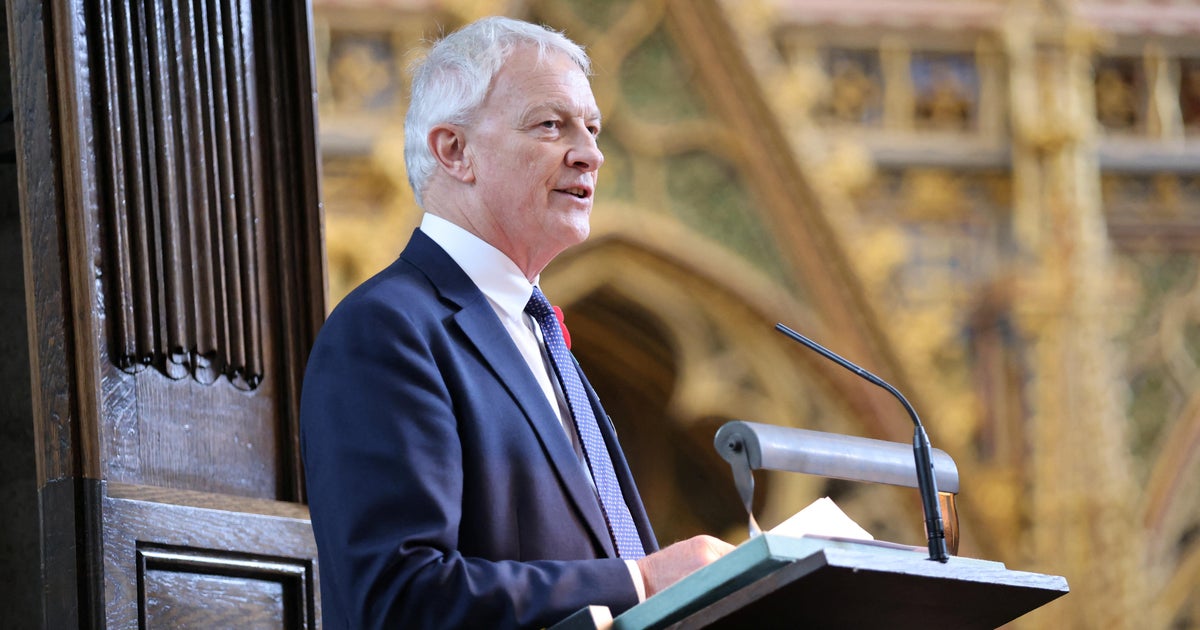Oil prices surge to 2-year high amid Iran protests
Oil prices are witnessing their strongest start to the year since 2014.
Crude oil futures rose to highs last seen in 2015. Benchmark U.S. crude rose 16 cents to $60.58 per barrel in electronic trading on the New York Mercantile Exchange. The contract gained 48 cents on Friday to close at $60.42. Brent crude, used to price international oil, advanced 5 cents to $66.92 in London. It rose 71 cents the previous session to $66.87.
Unrest in Iran is heightening concerns about disruptions to the nation's oil production. The protests began with a single demonstration in the eastern Iranian city of Mashhad over economic hardship and a surge in food prices. Since then, the protests have spread to at least 50 cities including the capital city of Tehran, while a semi-official Iranian news agency reported Tuesday that at least 450 people have been arrested in the last three days.
Iran, OPEC's third-biggest member, pumps about 3.8 million barrels a day. A broader geopolitical risk is hanging over Iran, according to Eurasia Group President Ian Bremmer and Chairman Cliff Kupchan, who cite U.S.-Iran relations as one of the top risks for 2018.
"Donald Trump has it in for Iran," they wrote in a Tuesday report. "The nuclear deal will probably survive 2018, but there's a substantial chance that it won't."
They added, "If the nuclear deal fails, Iran would ramp up its nuclear program, and the threat of U.S. and/or Israeli strikes would again hang over the region, boosting oil prices."
Other economists, however, believe the rise in oil prices will be short-lived.
Prices rose in 2017 "because of the change in Saudi Arabia's domestic politics and the surprising degree of cooperation between Saudi, Russia and Iran," noted Anatole Kaletsky of Gavekal Research. "I still don't expect this cooperation to last, and therefore believe that oil prices will fall back into the US$40-55/barrel range."
Crude oil prices have also been buoyed by demand from China, as well as production cuts from OPEC, which are scheduled to last through 2018, according to Reuters.



